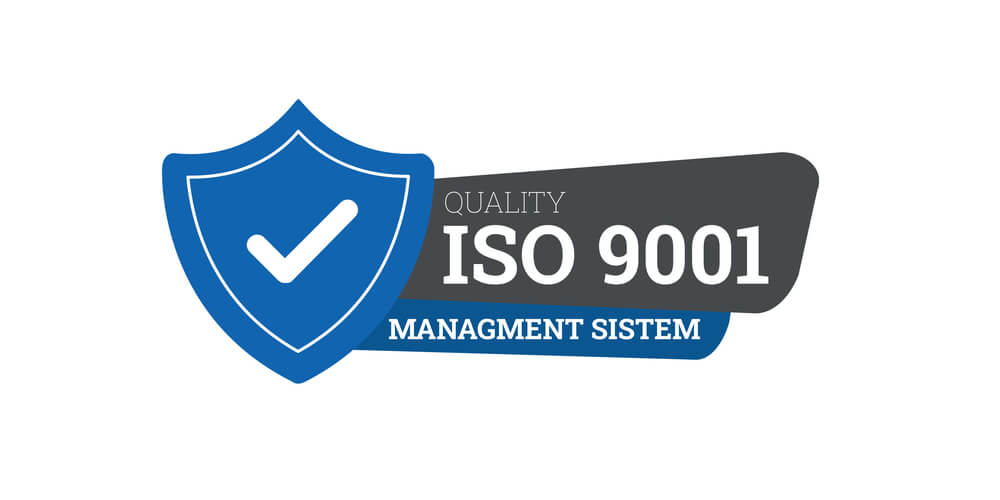Biggest Changes in the Requirements of ISO 9001
The latest revision of the ISO 9001 standard for quality management was made in 2015. If your company is already certified with its earlier version or wants to get it now, you need to know about the changes made in ISO 9001 requirements compared to the earlier version.
Apart from increasing the effectiveness of your QMS (Quality Management System), the ISO 9001 Standard intends to improve operational efficiency, reduce errors and costs, and improve the reputation of your business. Therefore, the numerous improvements made in it help improve the scope of your QMS further.
5 Key Changes made in the ISO 9001 Standard
The following changes apply to the ISO 9001:2015 version, making it more comprehensive than before.
1. Better Consistency with Other Standards
The structure of an ISO 9001-based QMS is normalized and made the same as other ISO Management Standards to ensure consistency. This makes integration with multiple standards easier and auditing simpler.
2. Risk Management
The new version requires organizations to adopt risk-based thinking, which helps them identify, analyze, and mitigate the risks in any area or process of the business.
3. Measurable objectives
The new version requires businesses to have clear and measurable objectives for quality management. In addition, it helps in performance monitoring and improvement over time.
4. Enhanced Flexibility
This new version emphasizes what to achieve with a QMS rather than how to achieve it. Therefore, it is less prescriptive and does not need organizations to follow a specific procedure for documentation.
5. All-Around Compliance
ISO 9001:2015 goes beyond the satisfaction of clients’ requirements. It also requires organizations to meet the expectations of all stakeholders and regulatory organizations apart from the clients.
Key Takeaway
The latest revisions were made in the ISO 9001 requirements in the 2015 version to help organizations establish a robust Quality Management System (QMS) that meets customer expectations and the applicable regulatory and statutory requirements.
Besides, it also helps to improve the consistency of products/services by addressing risks and promoting performance evaluation and continual improvement measures. Therefore, if you still have not implemented the standard, get it as soon as possible to take your quality management approach to the next level.
